Unlocking the Potential: Navigating Different Cannabis Strains for Enhanced Effects
Exploring different cannabis strains is key to enhancing your experience and tailoring it to persona…….
The world of cannabis is an ever-evolving landscape, with a diverse array of strains playing a pivotal role in shaping the industry’s present and future. “Different cannabis strains” refers to the varying types of cannabis plants, each boasting unique characteristics, effects, and applications. This article delves into the intricate world of these strains, exploring their definition, global impact, economic significance, technological advancements, policy landscape, challenges, successful case studies, and a glimpse into their promising future. By the end, readers will have a comprehensive understanding of this dynamic segment within the broader cannabis ecosystem.
Cannabis strains are essentially distinct varieties of the Cannabis sativa plant, each with its own genetic makeup and corresponding attributes. These differences manifest in various forms, including visual appearance, aroma, flavor profiles, cannabinoid content, and therapeutic effects. The concept of different cannabis strains has evolved over centuries, driven by traditional cultivation practices, regional preferences, and modern scientific understanding.
Historically, the classification of cannabis strains can be traced back to ancient civilizations like the Chinese and Indians, who cultivated and utilized different varieties for medicinal and cultural purposes. As knowledge spread, farmers around the globe selected and bred plants with desirable traits, leading to the emergence of diverse local strains. Today, this tradition continues with passionate cultivators and breeders refining and preserving these unique genetic lines.
Core Components:
The global cannabis market, driven by evolving consumer preferences and changing laws, has witnessed a remarkable rise in the popularity of different cannabis strains. Here’s an overview of its international influence and key trends:
The economic implications of different cannabis strains are significant, shaping a burgeoning global industry. Here’s an analysis of its market dynamics and investment patterns:
| Economic Aspect | Description |
|---|---|
| Market Size: The global legal cannabis market is projected to reach USD 73.6 billion by 2027, with a CAGR of 24.4% (2020-2027). | This rapid growth is driven by changing attitudes towards cannabis and increasing acceptance in various forms, including medicinal and recreational use. |
| Top Markets: The United States, Canada, Germany, and the United Kingdom are among the largest legal cannabis markets, with diverse strain preferences driving local economies. | These markets attract significant investments, fostering the development of specialized cultivation, extraction, and distribution infrastructure. |
| Investment Patterns: Private equity, venture capital, and hedge funds have shown a keen interest in the cannabis industry. | Investment focuses on innovative breeding technologies, large-scale cultivation facilities, and vertically integrated businesses offering end-to-end product solutions. |
| Price Dynamics: The price of cannabis products varies based on strain quality, rarity, and local demand. High-THC strains often command premium prices in legal markets. | Strains with unique terpene profiles or medicinal properties can attract higher prices, impacting consumer choices and market segmentation. |
| Job Creation: The industry’s growth has led to the creation of numerous jobs across cultivation, extraction, sales, and research sectors. | This includes specialized roles such as strain breeders, terpene analysts, and cannabis sommeliers. |
Technology plays a pivotal role in shaping the future of different cannabis strains. Here’s how innovations are transforming the industry:
The legal status of different cannabis strains varies widely across countries and jurisdictions, presenting both opportunities and challenges for the industry:
Despite its potential, the development and enjoyment of different cannabis strains face several challenges:
Charlotte’s Web is a highly acclaimed medical strain developed by the Stanley brothers in Colorado. This CBD-rich strain (typically with less than 0.3% THC) gained fame for its potential to alleviate severe epilepsy and seizure disorders in children. The unique terpene profile, dominated by myrcene and cannabidiol, contributes to its therapeutic effects. Charlotte’s Web has become a symbol of cannabis’ medicinal potential, leading to the development of similar low-THC strains for medical purposes.
This popular strain is known for its distinct flavor and aroma, reminiscent of acai berries. Acai Berry typically contains moderate levels of THC (6-10%) and a rich terpene profile with caryophyllene, limonene, and pinene. These terpenes not only contribute to the fruity, floral notes but are also associated with anti-inflammatory and analgesic properties. The strain has gained popularity among consumers seeking both recreational and medicinal experiences.
A classic California indica, Granddaddy Purple, is renowned for its deep purple hues and dense bud structure. With THC levels ranging from 18-25%, GDP provides a potent relaxing and sedative effect, making it popular for evening use. Its terpene profile, rich in myrcene, contributes to the strain’s characteristic earthy, grape aroma and potential pain-relieving effects.
The future of cannabis strains looks promising, with several emerging trends shaping the industry:
In conclusion, different cannabis strains offer a wide array of experiences, therapeutic benefits, and cultural significance. As technology advances and regulations evolve, the exploration and appreciation of these unique varieties are set to flourish, paving the way for a more inclusive and innovative cannabis industry.
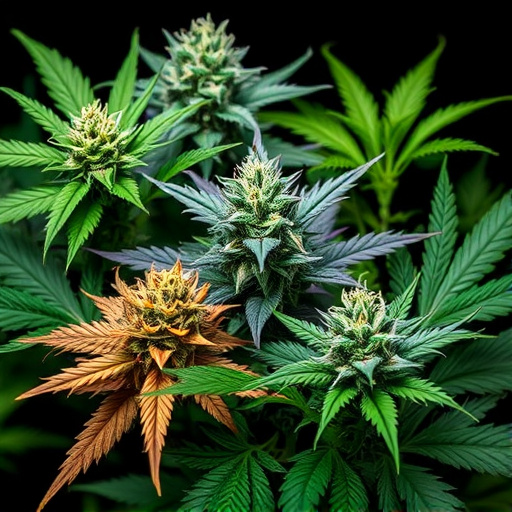
Exploring different cannabis strains is key to enhancing your experience and tailoring it to persona…….
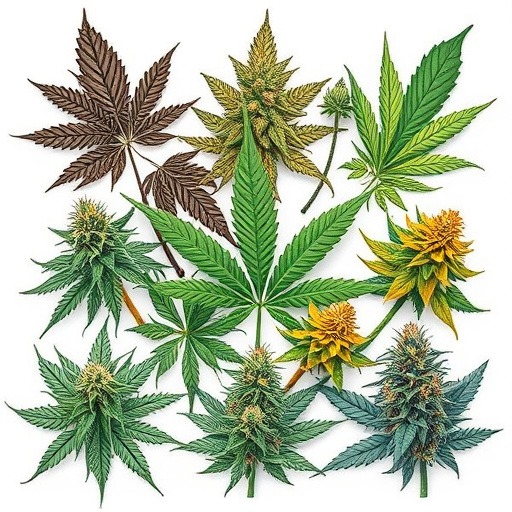
Different cannabis strains offer diverse experiences due to varying concentrations of cannabinoids l…….
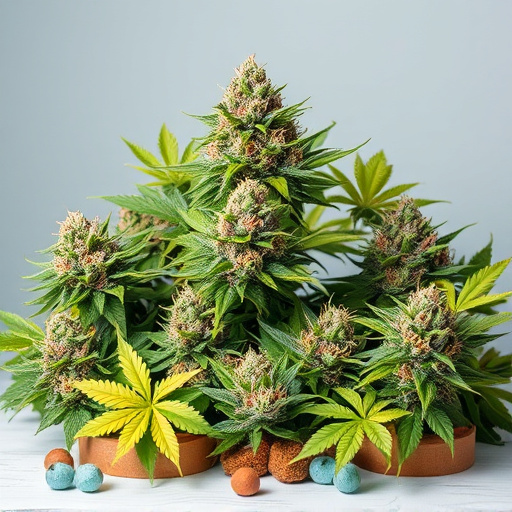
Different cannabis strains vary in skunkiness due to genetic diversity and terpene profiles, particu…….
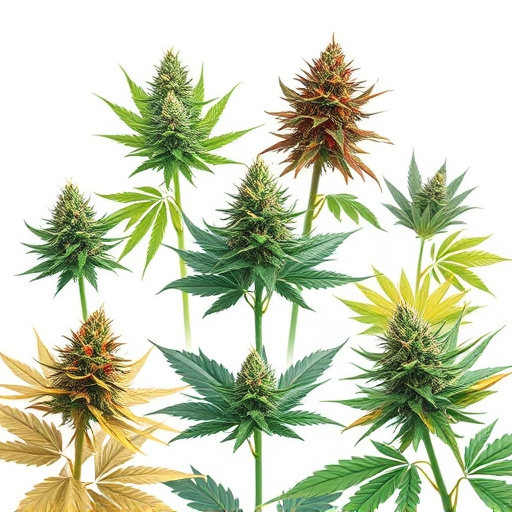
Storing different cannabis strains requires tailored conditions based on their unique properties. Sa…….
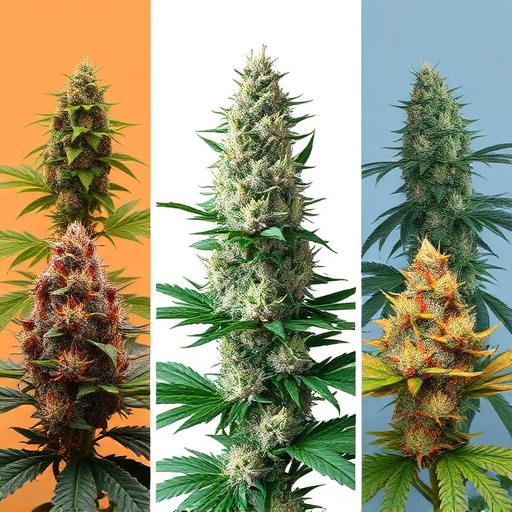
The effects of cannabis vary greatly depending on the individual and specific strain, with differing…….
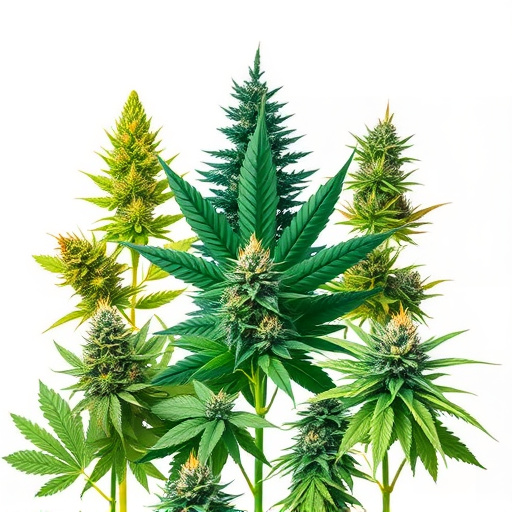
Different cannabis strains offer unique experiences driven by genetic makeup and cannabinoid/terpene…….
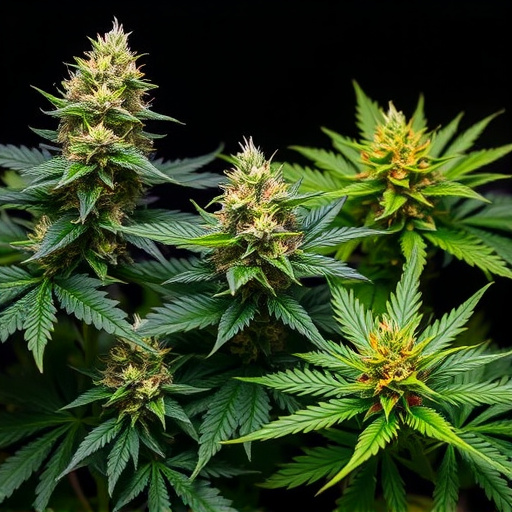
Exploring different cannabis strains allows users to customize their high based on desired effects,…….